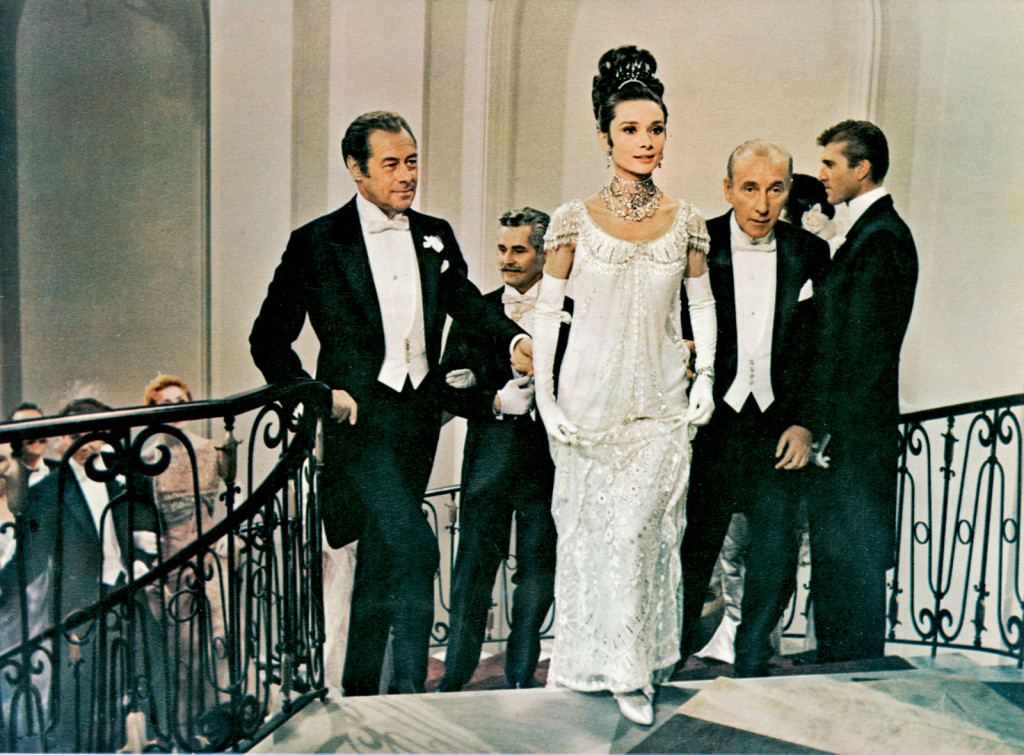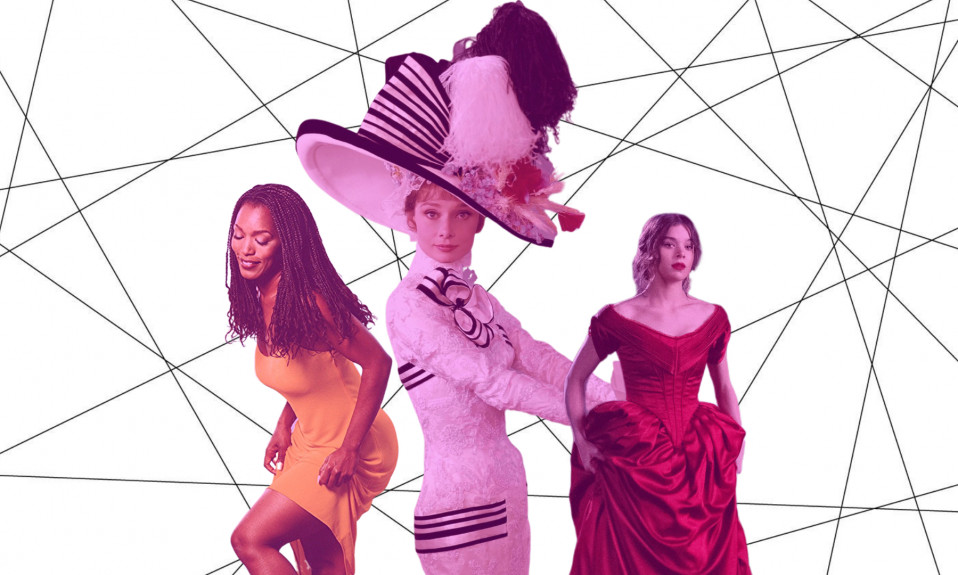Since the Babylonians nearly 4,000 years ago, people have been making New Year’s Resolutions. Of late, they’ve become something to mock and are essentially considered these annual idealised promises you make to yourself that you know, deep down, you’ll never keep. It’s cutting out carbs and joining a gym, vowing you’ll write a diary entry every day, telling yourself (and others) that you won’t buy any new clothes this year, or that you’ll finally start saving. You might say that a sense of excitement for the upcoming year has been, well, subdued lately, given all the hope for 2021 after the nightmare of 2020, and look how that’s turned out. Still, I can’t help but feel that the desire for reinvention still exists. Perhaps even more so? After all, the shift in cultures, work habits, and priorities has led to people I know quitting jobs, moving cities, starting new hobbies, and letting go of old hang-ups.
What does it mean to change, though? There is an illusion that we can totally reinvent ourselves and become a different person, but that isn’t, and I don’t think it can be, true. Take Eliza Doolittle in 1964’s My Fair Lady, a cockney flower girl who is turned, by a posh phonetics professor, into “a lady”, one who can fool the upper classes into thinking she’s one of them. Yet she is never entirely reinvented. Her essential nature and attitude remain to break out in short bursts, but that’s part of the goal, the heart of the transgression. The professor, Henry Higgins, wants people to be fooled, but by that very idea, it suggests he doesn’t believe she can change because then there would be no need for tricks. Instead, the surface is altered, the dusty face and the raggedy clothes substituted for beautiful dresses, neatly done hair, and a voice lacking a regional accent.

The 1964 film is based on the 1956 Broadway musical of the same name, which itself is based on George Bernard Shaw’s 1913 play Pygmalion. As suggested by its name, Shaw’s play is influenced by the Greek myth of Pygmalion, who sculpted his ideal woman out of ivory and fell in love with the inanimate statue. After praying to the goddess Aphrodite for a bride as perfect as his sculpture, the statue comes to life, and Pygmalion can marry the “perfect” woman. The conceit of Shaw’s play was that the woman had autonomy. She is not a lump of stone brought to life by desire but, instead, a living, breathing woman whom Higgins wants to change for reasons of ego. Shaw also changed the ending, with Eliza leaving Higgins’ house to marry a man who perhaps understands her more.
This is a story that has been told and told, most recently by a Tik Tok star in the latest gender-swapped adaptation of the play for Netflix, but it’s not as stylish as it used to be. The idea of changing someone has become less appealing, and the idea of it in cinema is mocked endlessly. Think of all the gag-worthy tropes such as a woman removing her glasses and her “actually being hot” underneath them, or the “nerdy” guy who happens to have a six-pack. The idea that to love someone you need to change them or, even worse, that if you change someone enough you may come to love them is an idea best left in the 1900s. Instead, cinema today is perhaps more interested in self-reinvention, in trying to change because we want to, not because of anyone else.
Throughout the late 90s and early 2000s, this has been typified by certain middle-aged women (mostly white ones) discovering themselves, such as in Under the Tuscan Sun, Eat, Pray, Love, and their various copy-cats and knock-offs. It often requires travel to exotic locales and is usually, though not always, in the wake of a divorce. These types of movies certainly have broad appeal. They can, at times, be delightful (I’m thinking, specifically, of 1998’s How Stella Got Her Groove Back starring Angela Basset and Whoopi Goldberg). Yet these movies suggest a particular type of lifestyle required for reinvention, i.e. the money to travel and the ability to take time off work. For most people, they are akin to fantasy, the type of life we’d love to lead if given a chance. To not be pinned down by the perils of full-time work, to go and fall in love with a European man who understands us better than our exes ever did. Instead, we’re forced to reinvent and grow in more awkward ways.

Television shows that speak to the millennial experience generally understand this idea best. Lena Dunham’s GIRLS spent its run cataloguing awkward growth, as did Issa Rae’s Insecure and even Apple TV+’s Dickinson (the latter two shows both aired their final episodes this past week). For Emily Dickinson, the classic American poet at the centre of the show, reinvention is into the poet and writer she always wanted to be, leading to isolation in later years. Dickinson contextualises that into a moment of power as, in the final moments of the finale, Emily enters into her own mind and sails off into the open and calm waters, suggesting that Dickinson’s most significant relationship was with herself and the poems she would write. Show creator Alena Smith told Digital Spy the show’s final scene is an image ‘of female creativity’ and that Emily is swimming towards her own poems that she is yet to write.’ For a show that has spent its time trying to not only modernise Emily Dickinson, a poet from the 1800s who has long been speculated about, but also trying to give reason to the fact Dickinson chose not to publish her near two thousand poems before she died, this ending is fitting. It is a moment of self-actualisation, of realisation, one that suggests Emily has found her calling and will ultimately be happy within her own mind.
The prolific essayist and screenwriter behind The Panic in Needle Park and 1978’s A Star is Born, Joan Didion, who died last week, wrote that we should not forget the people we used to be. This might be what Eliza realises when she leaves Higgins, that the scrappy flower seller deserves more. It could well be what Emily thinks as she rows out into the sea, that to be the writer she has always wanted to be will require a certain level of solitude, and she owes that to the girl she once was. “I think we are well-advised to keep on nodding terms with the people we used to be, whether we find them attractive company or not”, Didion wrote in her 1966 essay ‘On Keeping a Notebook’. “Otherwise they turn up unannounced and surprise us, come hammering on the mind’s door at 4 am of a bad night and demand to know who deserted them, who betrayed them, who is going to make amends.”
It seems, then, that change neither has to be as drastic nor as earth-shattering as people may suggest, as some resolutions you’ll undoubtedly hear in the coming weeks will be tied to. Instead, change and reinvention can be personal. It can be slight and specific. It can be rowing into your imagination or coming to understand your self-worth. What’s crucial about change, though, is that we don’t forget who we were and how we used to be.
Also Read: How Film Changed Me: On Millennial Comedies



![Simpsons mob against unpopular opinions [Source GQ]](https://bigpicturefilmclub.com/wp-content/uploads/2020/11/Simpsons-Mob-Source-GQ-958x575.jpg)








